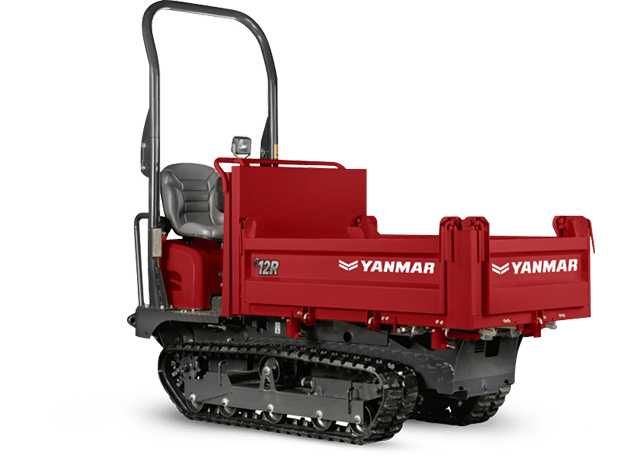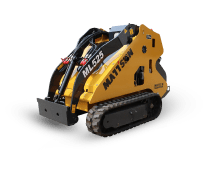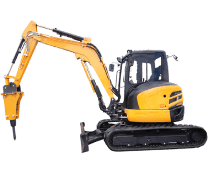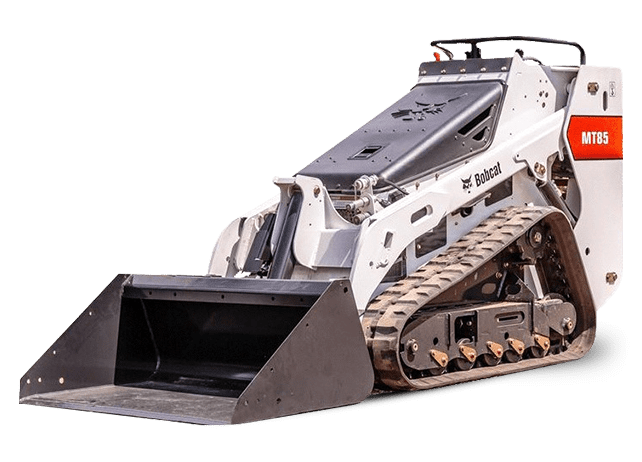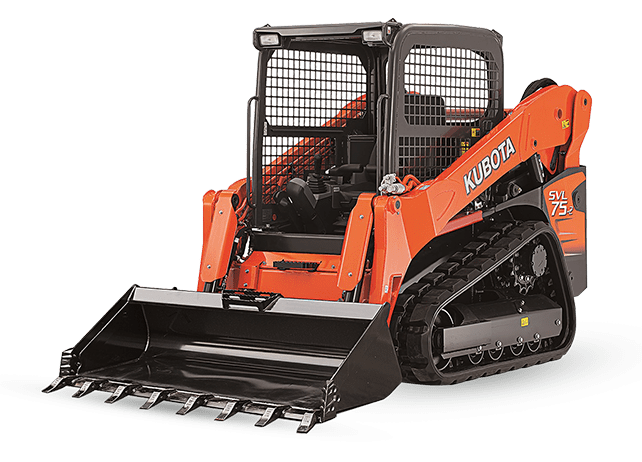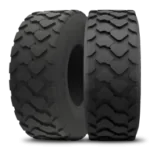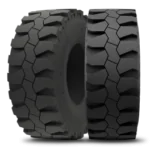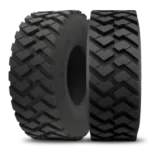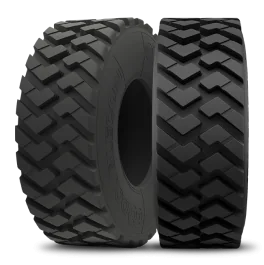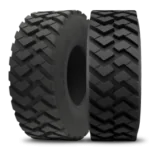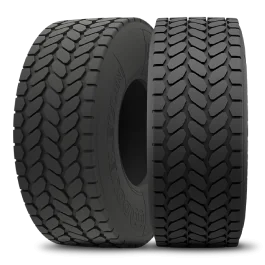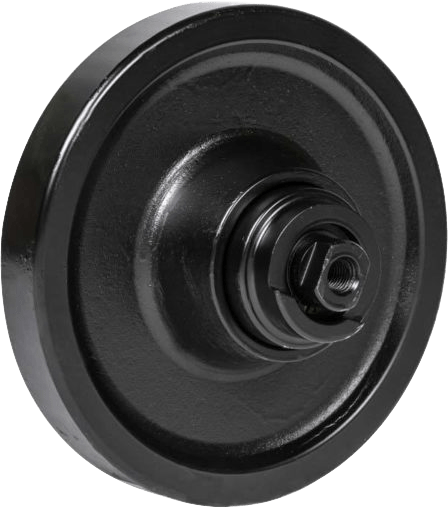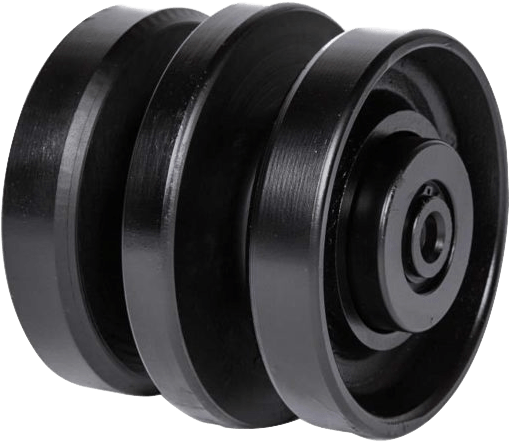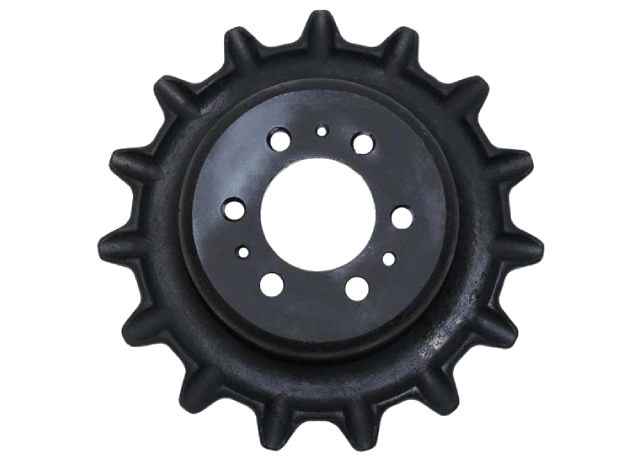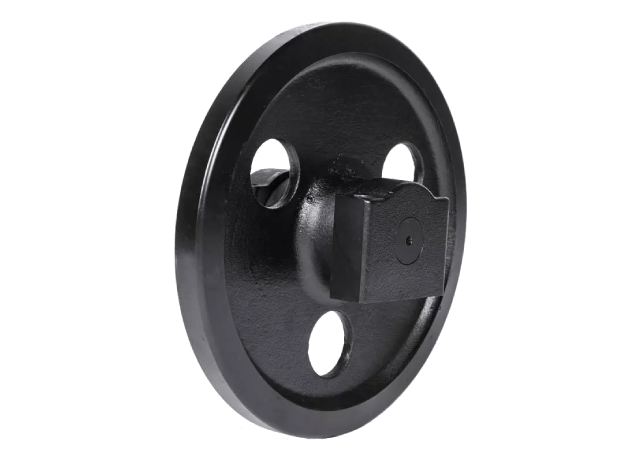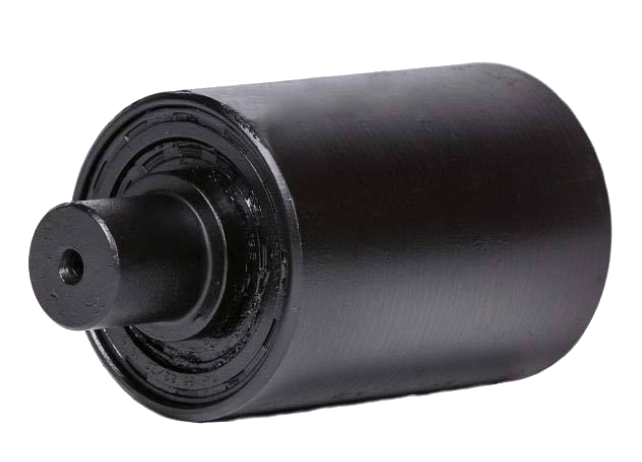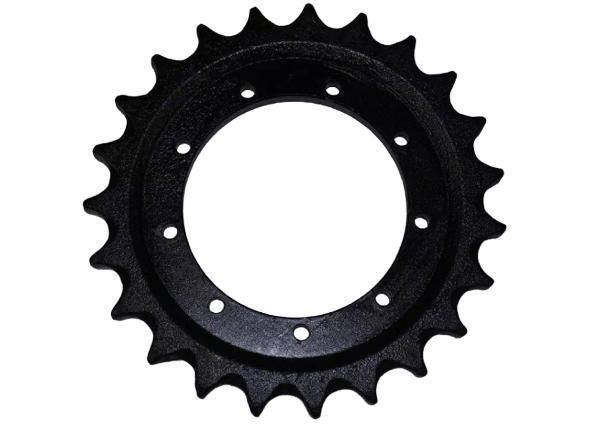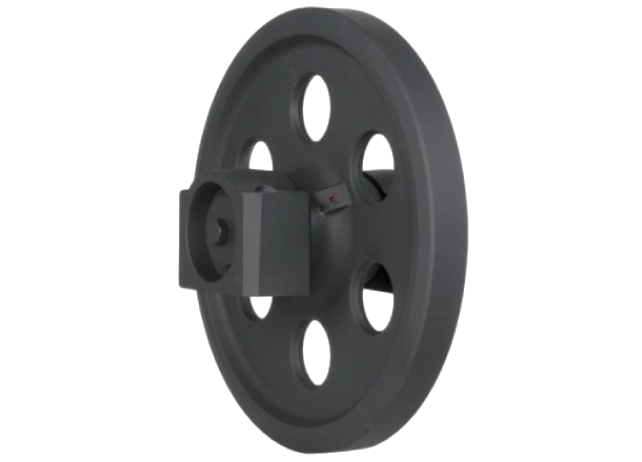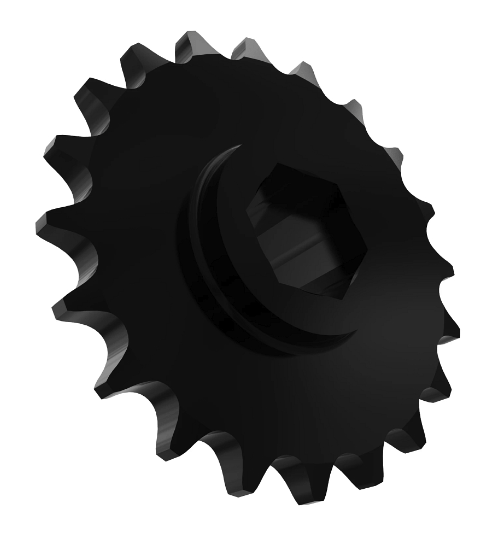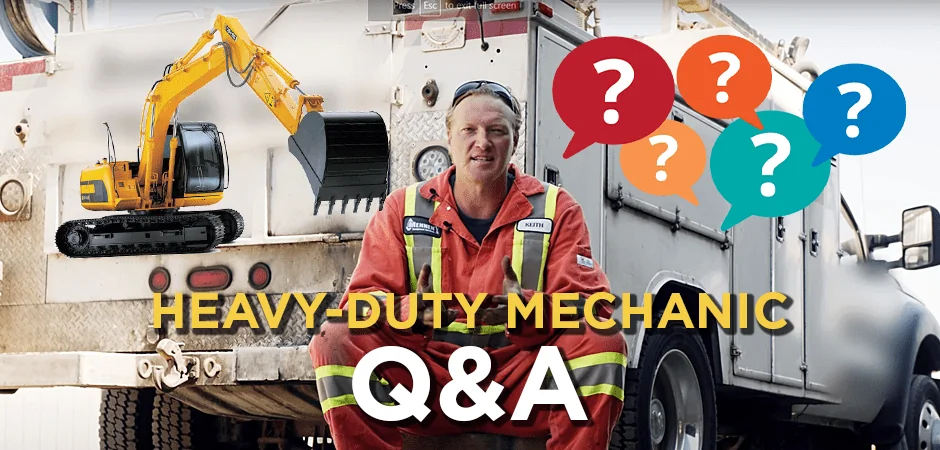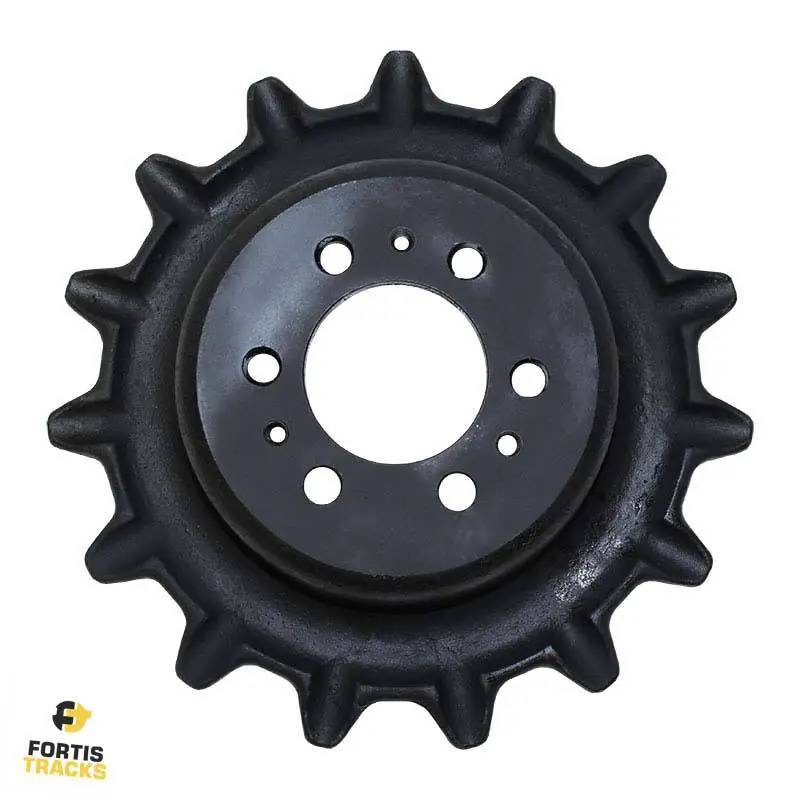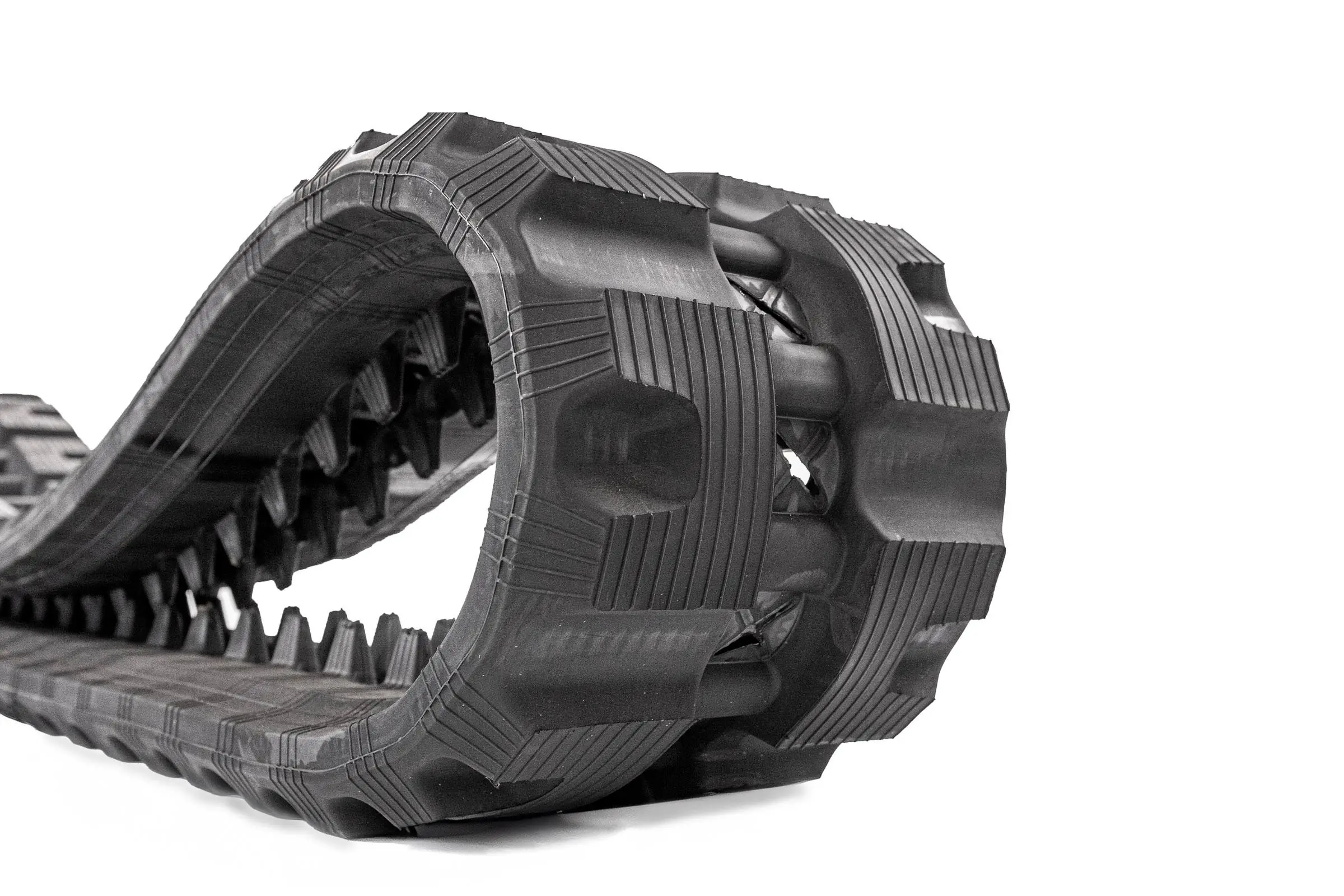We get a lot of questions about how to service certain parts of the machine. We’ve gathered some of the most common questions and asked the heavy-duty mechanic expert to provide his expert advice.
Table of Content
Question: What are some common mistakes that can be made when replacing a track?
Answer: Tensioning the track too tight when it is finished. It can cause the track to wear out prematurely or cause it to break the cables. Another mistake is that some tracks are directional, such as on excavators, as the track will be placed on backwards.
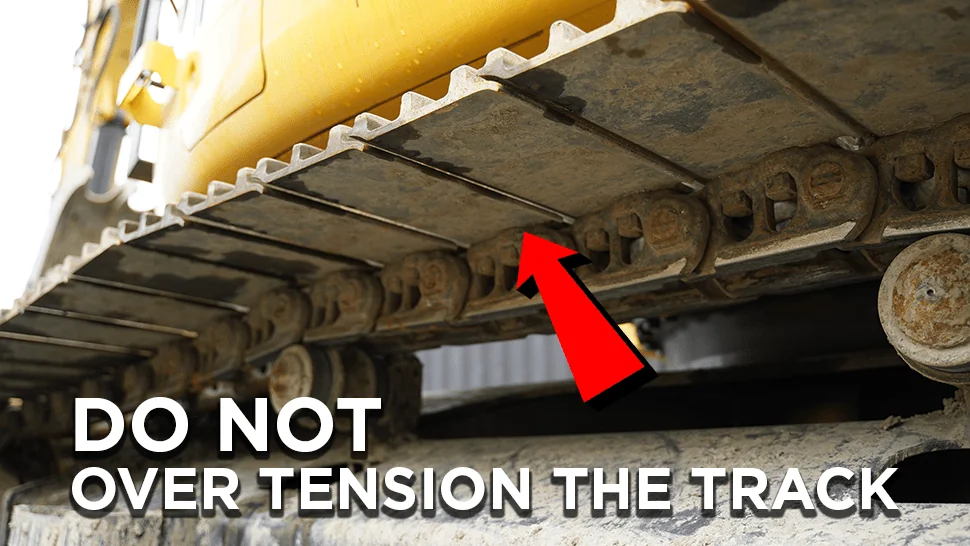
Question: How do you know when to replace a track?
Answer: Knowing when to replace the track can sometimes be difficult. Obviously when it rips, tears, or breaks it is a good time to replace them. When the tracks wear out when they are smooth without lugs and cannot get any traction is another time to replace them. Sometimes the inside of the track will wear out where the rollers ride. If you are on a skid steer, the track vibrates a lot and makes it feel like you are riding over a lot of bumps. So you want to replace them then.
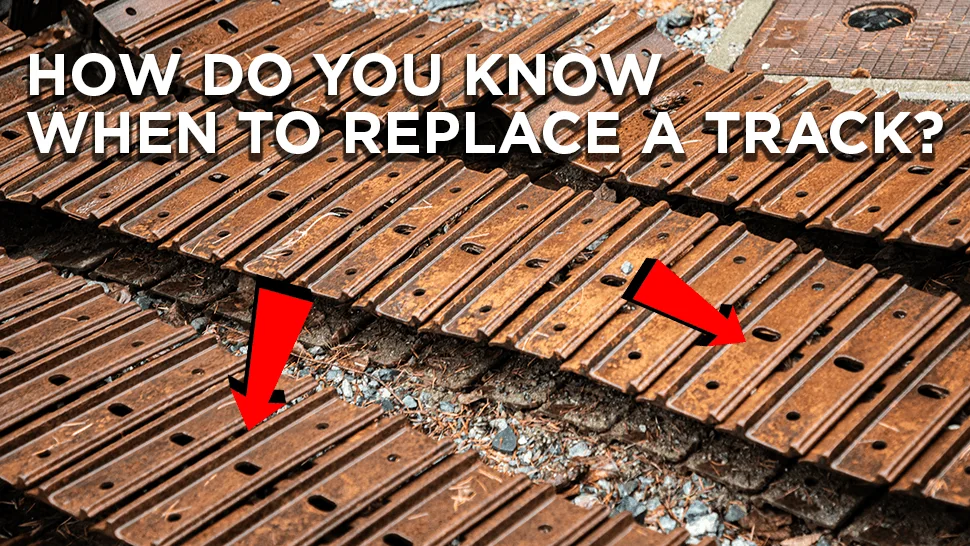
Question: What is the longest and shortest lifespan on tracks that you have seen?
Answer: On an excavator, the tracks have lasted up to 3,000 to 4,000 hours on rubber tracks. Other times, the tracks may only last for 2 hours if you drive over a curb or something that tears the track or rips it. Depending on the materials that a skid steer will travel on, the tracks may last up to 1,000 hours. If you are working the machine on aggressive materials like rocks or sand that tear and gouge the tracks, they may last up to 500 to 600 hours.
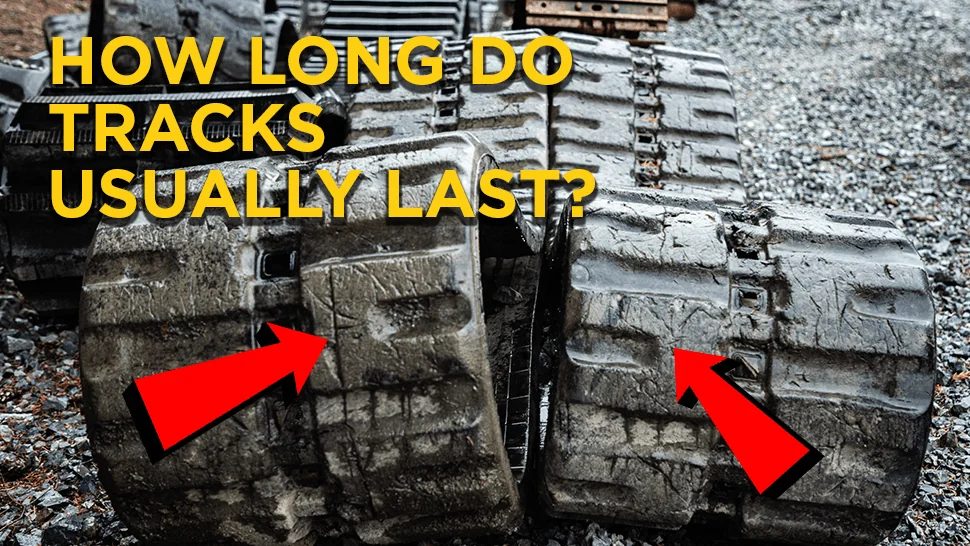
Question: I want to change the pilot system filter, but I’m not sure if I need to drain the hydraulic tank. Do you have any tips or a video on how to change this filter?
Answer: You do not have to drain the hydraulic tank on machines such as excavators or skid steers. You may lose a little bit of oil, but it won’t be ongoing. On most machines when you are changing the hydraulic filter, you want to release the hydraulic oil pressure in the tank. So you want to pop off the cap on the tank to release any residual pressure. There are several Tekamo HD videos that go over how to change a variety of filters on heavy equipment.
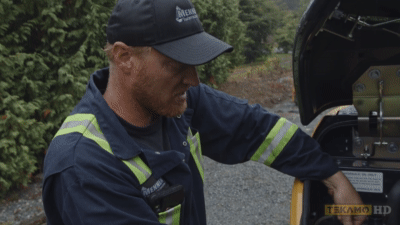
Question: Do you have any suggestions on a stripped top allen head plug?
Answer: There is a mechanic’s trick to where you can take a cold chisel and make a little indent on the corner of the plug. Give the chisel a good hard tap or two to crack the plug loose. Then you can spin the plug out and replace it.
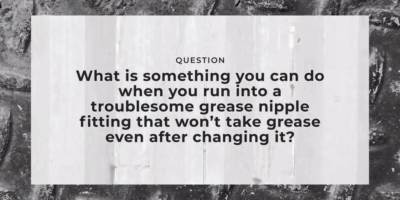
This is custom heading element
Answer: Sometimes the problem can be the end of the grease gun called the coupler. If the coupler is not the problem, it could be two other issues:
- The grease that goes into the channel between the grease nipple and the pin and bushing that needs the grease may have gotten hard and can’t get the grease through. So you will have to get the hard grease cleaned out with a screwdriver or a pick.
- Inside where you have the pin and the bushing, there is a hole in the bushing to allow the grease to go through. Yet the bushing may have turned to where the hole is no longer lined up correctly as the grease can’t get inside. You will have to pull it apart and remove the old bushing. Then place in a new bushing.
Question: Where is the hydraulic bleed screw on a 35G?
Answer: The only bleed screw is the plug that is on the pumps to bleed the air out of the pumps. It is not really a DIY project to take on yourself. It can be dangerous and also cause a lot of damage to the hydraulic system if you do it wrong. It is highly advisable that if you think the hydraulic system needs to be bled, or the pumps need to be worked on, you should call a certified technician, OEM dealer, or anyone who is certified to do this type of work.
![]()
For more information about servicing your heavy equipment, contact Fortis HD.

